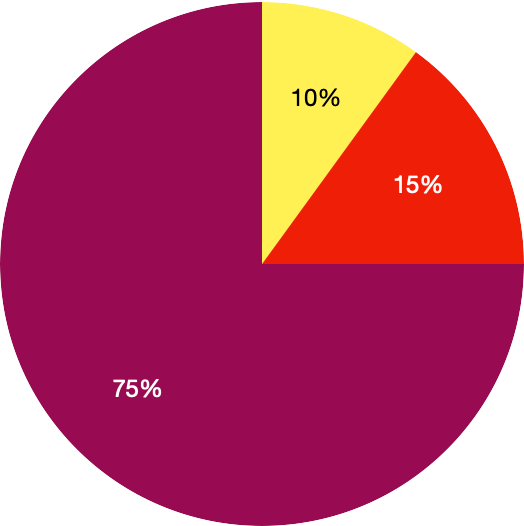Substrate-dependent vs. substrate-independent Library
A historically justified approach to color from colorant formulation has the major disadvantage that one ink printed on different substrates will look different. The influence of the substrate is sometimes radical and can make one thing produce vivid, saturated tones (e.g., papers used for photo prints or premium prints), while cheap uncoated papers will make the same ink noticeably different. Contemporary mixing plants, however, are not doomed to use only a balance to prepare paints based on a rigidly defined recipe. Standard equipment is a spectrophotometer and analytical software enabling the creation of recipes on demand. For printing applications, the system was extended with miniature devices for testing ink printing on a selected substrate.
| Substrate-dependent Color Libraries |
||||||
| Substrate | Coated | Uncoated | Coated | Uncoated | ||
| Ink formulation |  |
 |
 |
|||
| Sample | 206 C | 206 U | 8R3.44 | |||
| sRGB | #D90039 | #E34668 | #D70039 | |||
| L | 44.2 | 53.7 | 44.2 | |||
| a | 76.1 | 62.4 | 74.5 | |||
| b | 31.7 | 16.2 | 32.1 | |||
| ∆E76 | 22.8 | |||||
| ∆E00 | 11.5 | |||||
This example shows the main difference - ChromaSpot is Substrate independent - ink formulation is adopted to get the best match for Reference for every single color sample/substrate combination. Real-world substrate-related libraries use substrate more or less but different from the reference substrate used for its definition. Finally, for more demanding jobs, ink formulations are also corrected in the case of substrate-dependant libraries. The initial idea to keep formulation fixed is practically historical only.
Contact ChromaChecker Support
Additional information and Support Form is available for logged users.